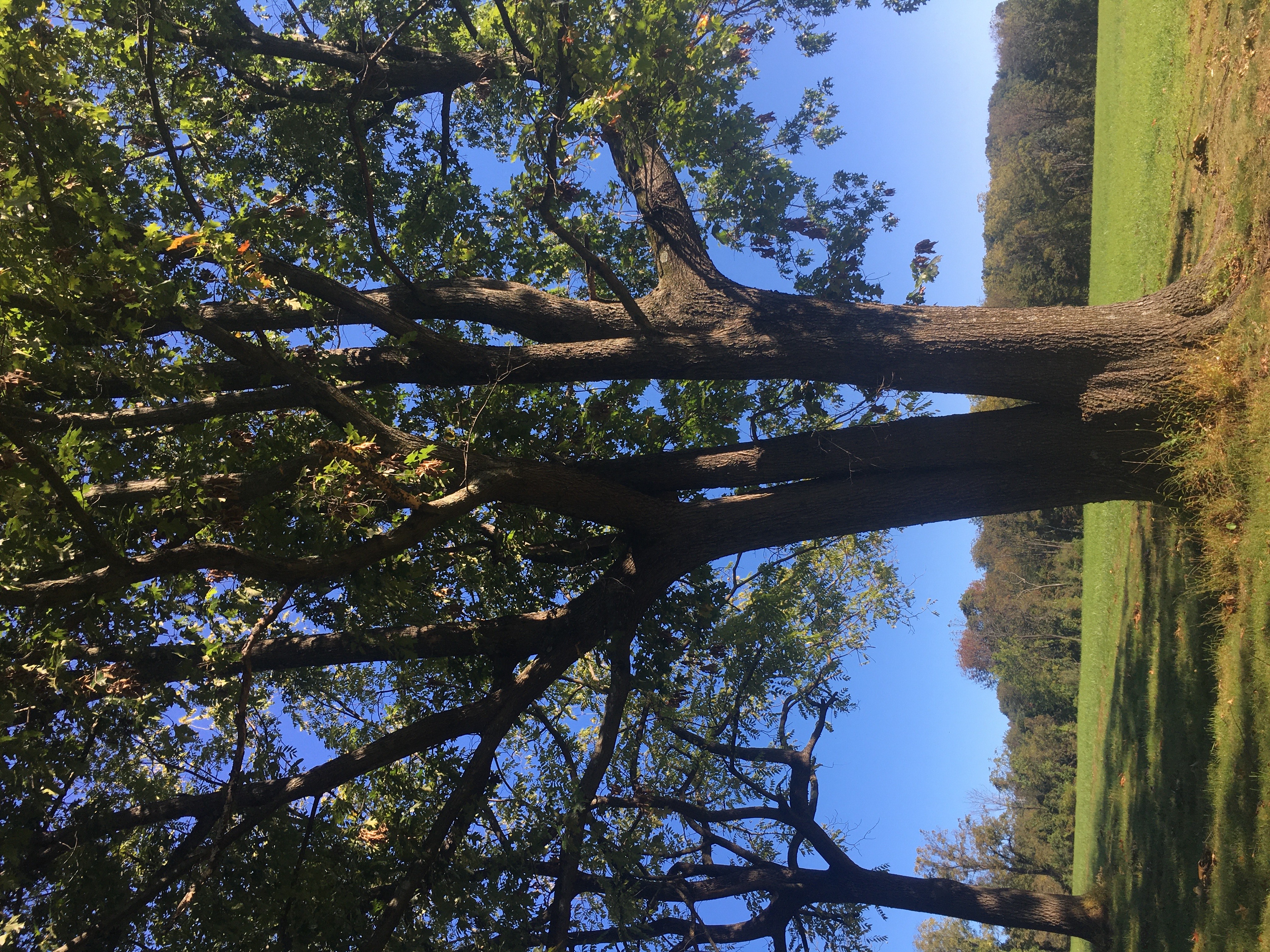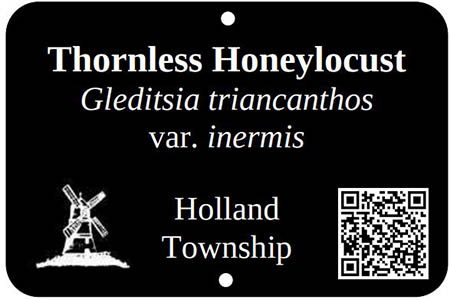Trees of Holland Township

Beautiful Red Oak at the Holland Park
The Environmental Commission, as stewards of the township’s natural resources, has spent much of its energy and time in researching, inventorying and promoting the conservation and use of its forested areas. Although we do not have large areas of contiguous forest, we do have 43% of the township designated as “urban forest,” much of it owned by private landowners. We are seeking to educate the community regarding this valuable resource by making available the informative plans and studies that have been initiated.
This year, we are seeking to familiarize the residents of the township with the specific trees in our community, on our roadsides, and in our own yards. We are conducting a “Big Tree” contest that is described in detail below. It has often been noted that we will not value nor seek to preserve that which we do not know, which we do not give a name to. So here is your chance to learn about your trees as you look for the biggest trees around.
Holland Big Tree Contest
Join the Holland Township Biggest Tree challenge!! Is your tree bigger? During the past couple of years, the Holland Township Environmental Commission used grant funding from the state to undertake a Tree Inventory along the township's public roads. In the process, we measured the size of thousands of trees of dozens of species. Trees were measured by their girth: diameter at breast height, not how tall they were.
Perhaps one of these is near your home or along a favorite road you walk frequently. However, the tree we listed may not be the largest of its kind in our town. Perhaps you know of a larger tree; maybe in one of our parks, in your neighborhood or even in your yard! If you'd like to present a tree for inclusion in the Biggest Trees list, please send an email to the Environment Commission at: This email address is being protected from spambots. You need JavaScript enabled to view it..
A member of the Holland Township Environmental Commission will contact you and come out to the location of the tree to measure its DBH (Diameter at Breast Height). The tree will be recorded in the big tree registry below. We will also photograph the tree and with your permission post it on the Holland Township website.
Click on the link below to see the list of the largest trees of the most common species that we found during the inventory.
Holland Township Biggest Trees
Holland Tree Inventory and Assessment
Holland Township applied for and received a grant from the New Jersey Forest Service to complete a
street tree survey to evaluate problematic trees along township roadways and within existing rights-of-way. The Township Environmental Commission prioritized the roadways to be surveyed first. The survey was completed by breaking the township into sections. Members of the Environmental Commission, along with the forester, evaluated the condition of trees along each township roadway. The high priority roads included the roadways with the highest number of trees and most potentially hazardous trees located within the right-of-way (ROW). Only township-maintained roads were surveyed. Private roads were not included, and county road assessments are being completed by Hunterdon County.
Here are the inventory results
Tree Inventory and Assessment for Holland Township
I-Tree Ecosystem Analysis – Holland Township Inventory
Holland Community Forestry Management Plan
An ongoing project has been our Community Forestry Management Plan (CFMP) This plan establishes a five year plan to care for our forests. Trees in Holland Township contribute importantly to our quality of life. The town has over 7,224 acres classified as forest resource, as well many roadside and public trees. This plan was funded by a state grant. Significant grants are available to plan programs. Money comes from “Treasure Our Trees'' license plates, state and federal sources. The CFMP protects Holland from legal liability for injuries caused by falling trees.
Here are the state approved plans
2015 - 2019 Community Forestry Management Plan
2020 - 2024 Community Forestry Management Plan
Holland Tree Signs are going up!
Holland Township is home to a wide variety of trees. An Environmental Commission initiative is underway to identify various types of trees throughout our publicly accessible land. The trees will be labeled with special signs denoting the type of tree.

Here is an example tree sign. The QR code on the sign links to specific information for the type tree. Use your mobile phone to scan the code. It will lead you to a video in which a forester talks about each species of signed tree.
Common Trees of Holland (Highlighted trees below have a tree sign. Click for more information)
| American Basswood | Black Walnut | Hop Hornbeam | Red Maple |
| American Beech | Blue Spruce | Mockernut Hickory | Sassafras |
| American Elm | Box Elder | Mulberry | Shagbark Hickory |
| American Hornbeam | Chestnut Oak | Northern Catalpa | Silver Maple |
| American Sycamore | Common Douglas Fir* | Northern Hackberry | Sugar Maple |
| Black Birch | Eastern Hemlock | Northern Red Oak | Sweetgum* |
| Black Cherry | Eastern Red Cedar | Northern White Cedar | Tulip Tree |
| Black Locust | Eastern White Pine | Norway Maple | White Ash |
| Black Oak | Flowering Dogwood | Norway Spruce |
White Oak |
| Black Tupelo(Gum) | Honeylocust | Pignut (Red) Hickory | |
| Pin Cherry |
* These trees are labeled on Riegel Ridge property, but are not common to Holland Township.
Callery (Bradford) Pear, although Common, is not on this list. It is considered an invasive pest tree, and it is being banned in some states.
Arbor Day Trees
For the past several years Holland has celebrated Arbor Day by planting a tree. Click the Trees to see the tree and where it is planted.
| 2018 | Red Maple |
| 2019 | White Oak |
| 2020 | Northern Red Oak |
| 2021 | Black Tupelo(Gum) |
Holland Tree Map
Here is an interactive map showing all the trees in Holland that have a sign.
Holland Tree Map
Tree Reference Guide
The handbook listed below has been used to help identify the trees in this program. This book is inexpensive, fits in your pocket, uses common language, has an excellent key for tree identification, has interesting supplemental material and has been recommended by state foresters.
“Trees of the Eastern and Central United States and Canada” by William H. Harlow, Dover Publications
